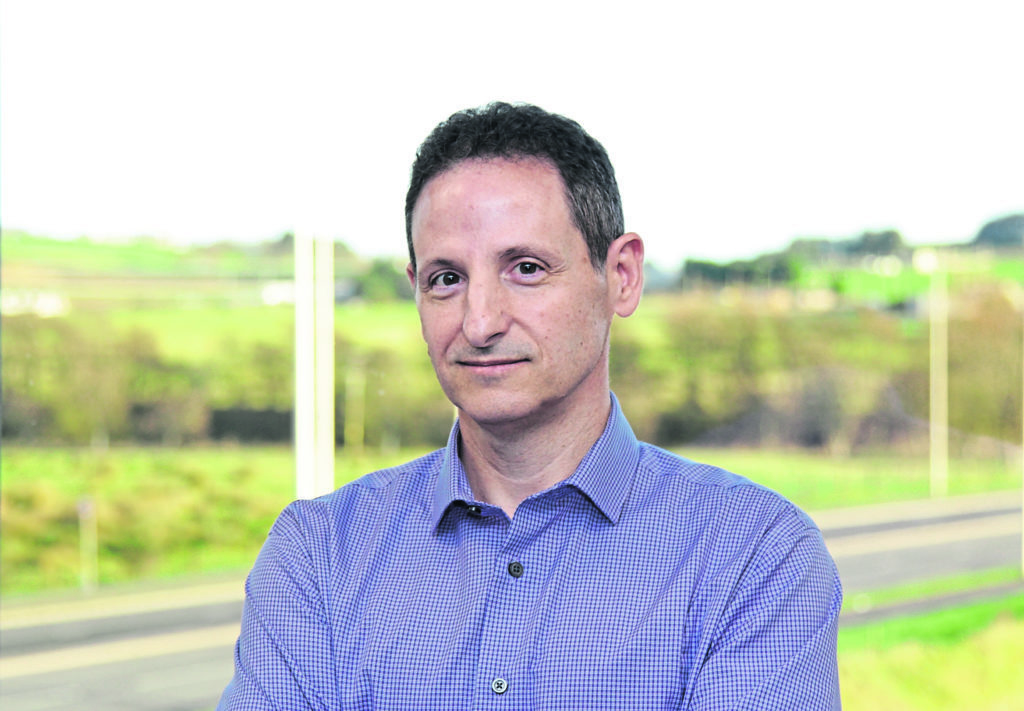
Like the temperature over the past three months, we have seen a dramatic plunge in the oil price index. So much so, it has left many asking if the oil and gas industry is suffering from a slight touch of winter flu, or, as others perceive, the start of a life-threatening illness.
First, let’s get a little perspective. It is generally accepted there is well over 150 years of known reserves left at current demand. While this means no ‘peak oil’ in this or your great grandchildren’s lifetime, experts predict fossil fuels will provide at least half of the world’s energy needs up to 2050. This will take at least $300-400 billion of annual investment in the upstream industry to replace the accelerated decline curves and recover those reserves to keep up with that supply.
While 2018 has seen sustainable supply levels, as we look ahead to the new year, there may be an excess to demand that is becoming a little worrisome. This is further compounded by a fluctuating global economy and uncertain political landscape. A simple fact is we are a more stable industry when supply and demand track closely together and all producers in the industry practise and promote oil diplomacy.
The North Sea must, therefore, figure out how to operate more economically and continue to shift its reliance on independent producers and the local service sector to bring more innovative and economical solutions to the fore. That, as always, is dependent on the impact of any major macro-political interference.
I believe the industry has learned how to be nimbler, more efficient and most importantly, how to react rationally to supply and demand worries. Although oil and gas producing regions have different, and sometimes competing, drivers and political realities, one thing is constant: they want to optimise the reservoir recovery factor.
Opportunities should arise for the operator community to again fuel innovation breakthroughs via the oilfield service sector. Over the past 10 years, the focus has been on maximising recovery factors for the most efficient dollar spent.
Reservoir recovery factors still hover from 5% to 35% on average.
If supply and demand is held in check and we do have more than 150 years of known reserves, why is reservoir recovery even a concern?
As fields mature and all the ‘easy oil’ is accessed, we need to replace much sharper reserve declines to keep supply online. This will have to be driven by accelerating technology advances towards better recovery factors and more efficient wells.
Such expertise almost always comes from the oilfield service sector but this will demand headroom and investment from the operating community to turn innovation into meaningful action in 2019.
A new breed of mid-tier upstream service companies, coupled with willing operators, can create innovation around maximising reservoir recovery factors. This is what must happen to ensure energy efficiency, a buffer to geopolitical supply and demand cycles, and security for the globe.
Brad Baker is CEO of independent global completions service company, Tendeka
